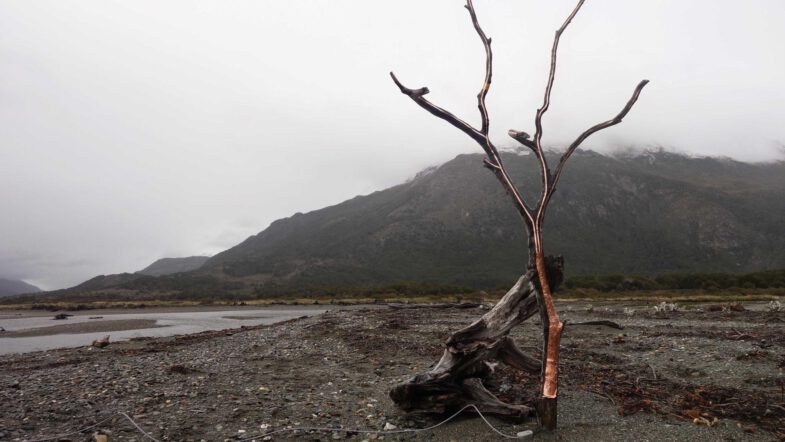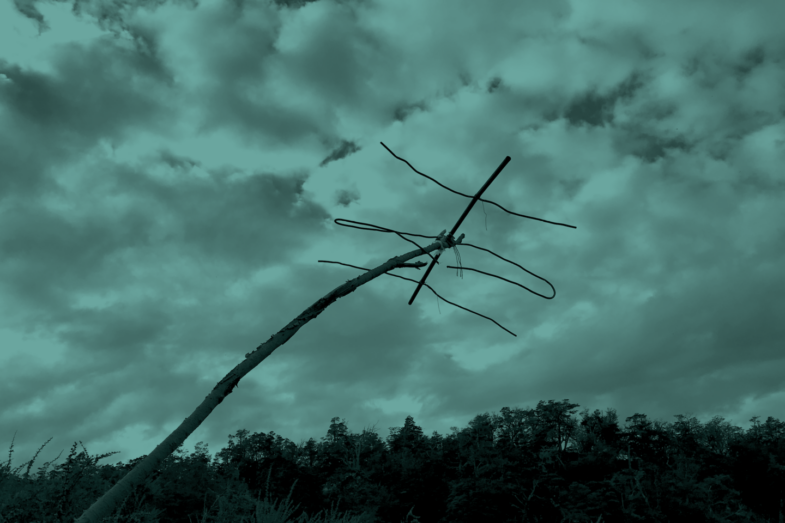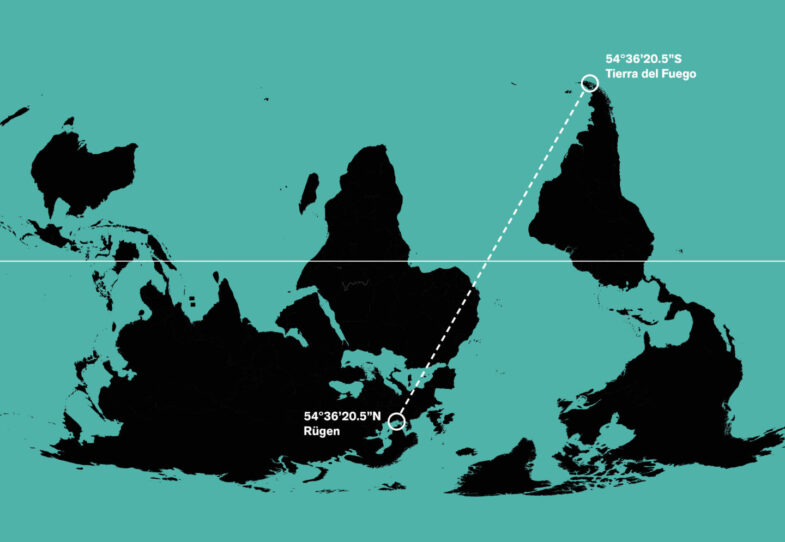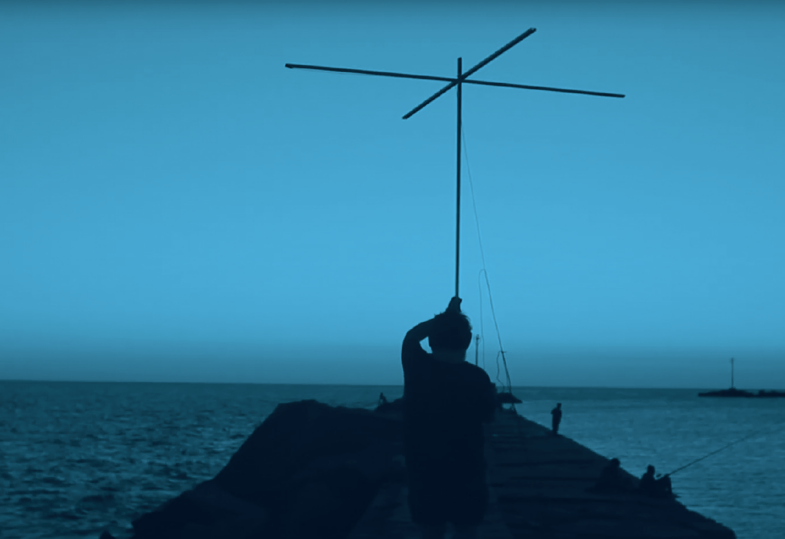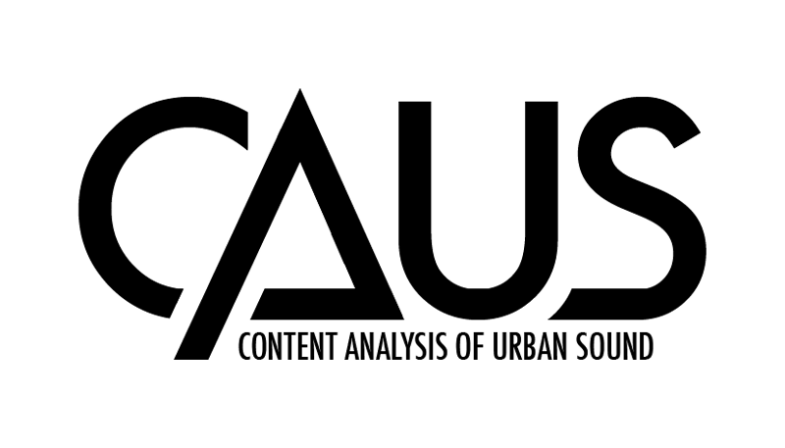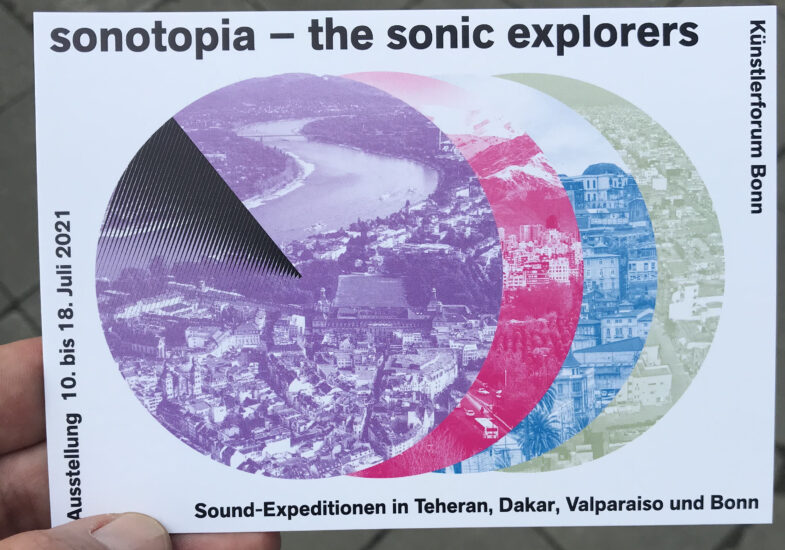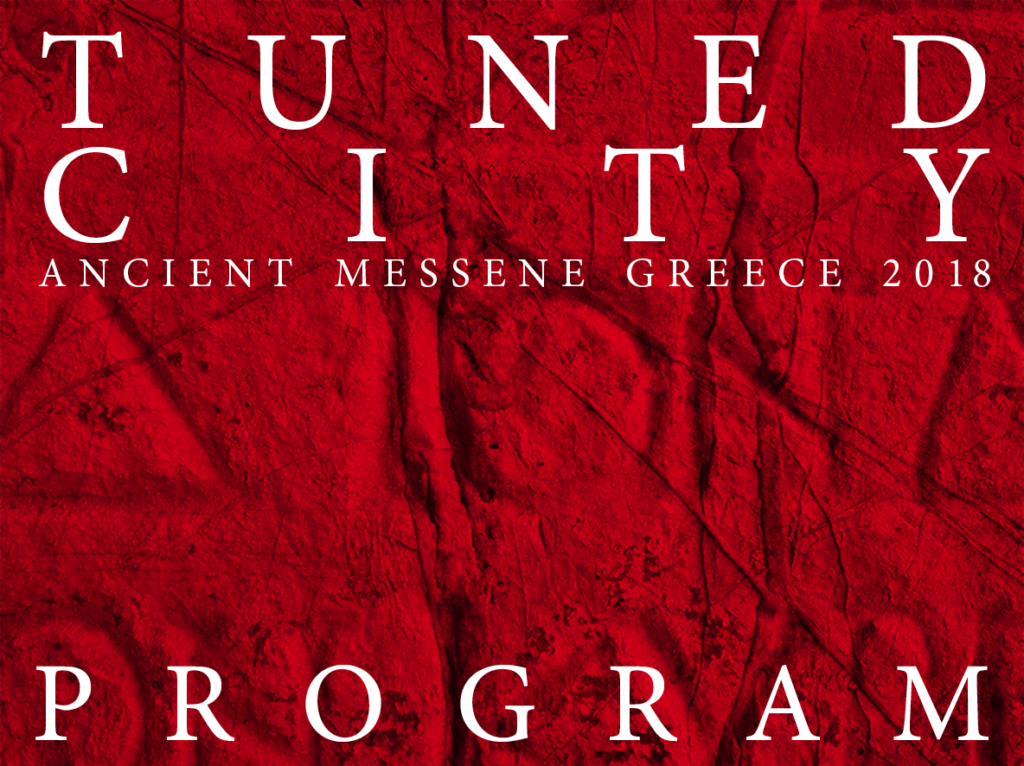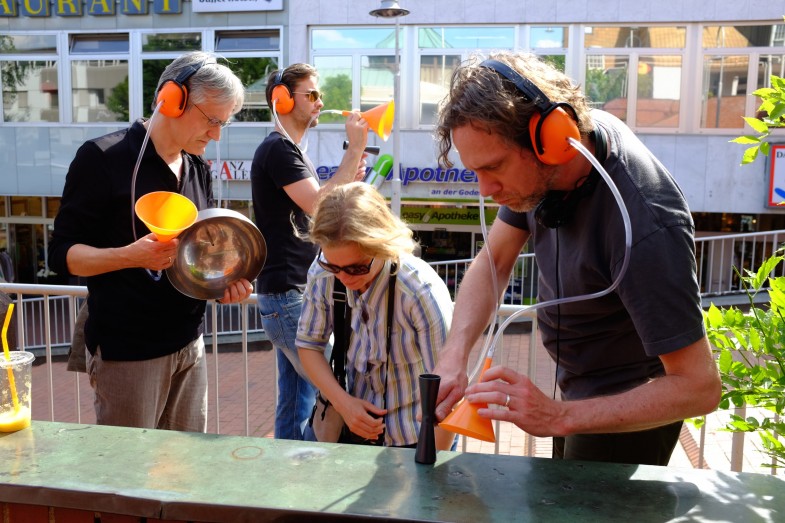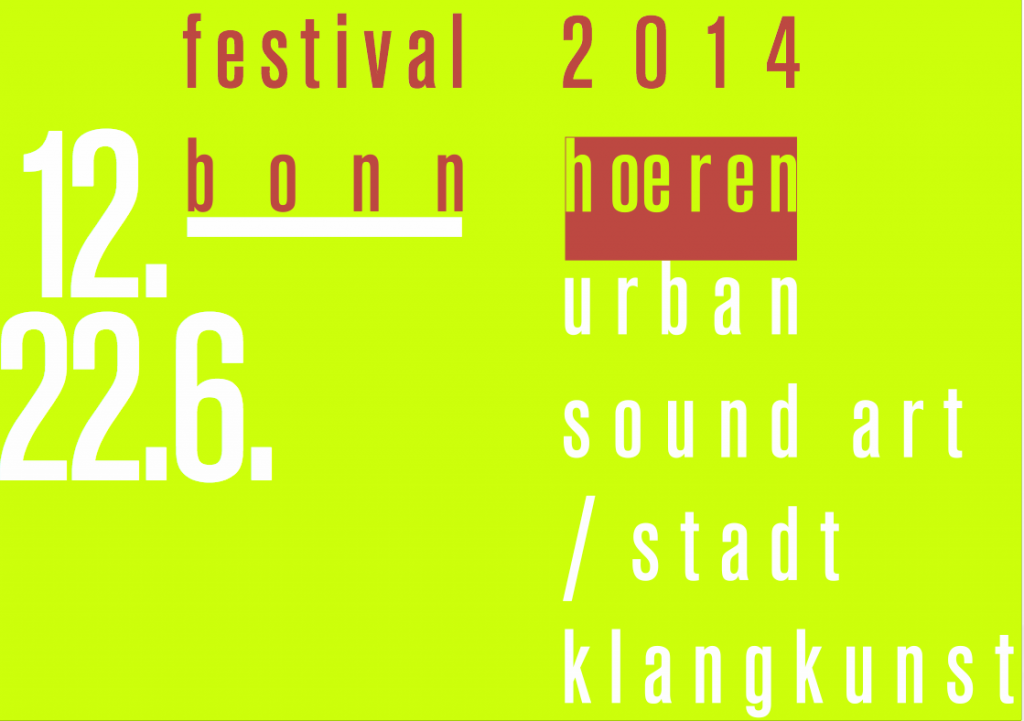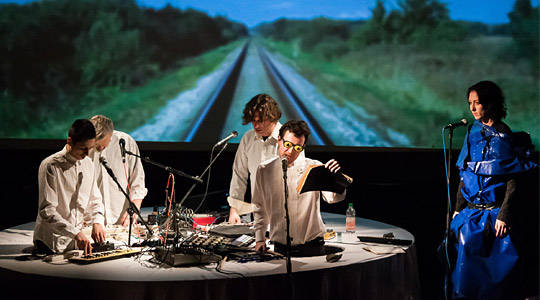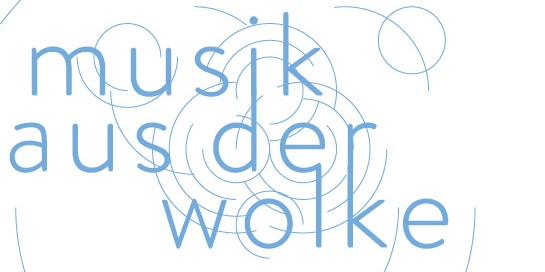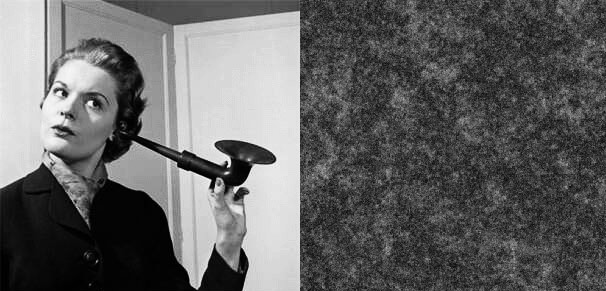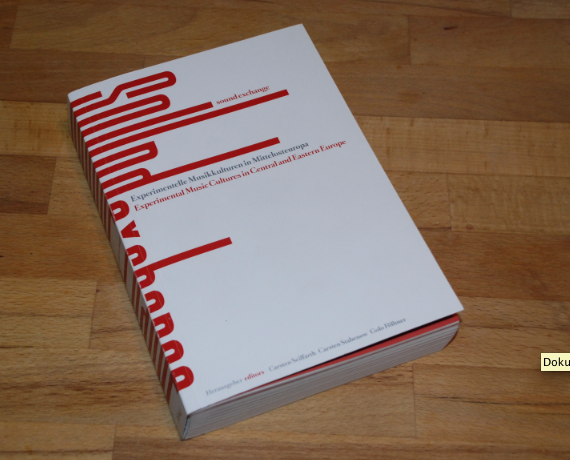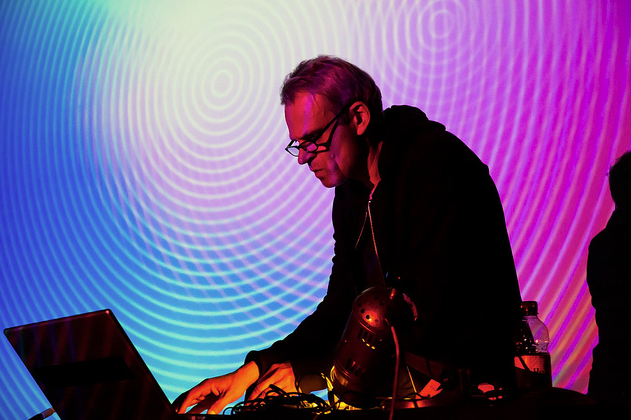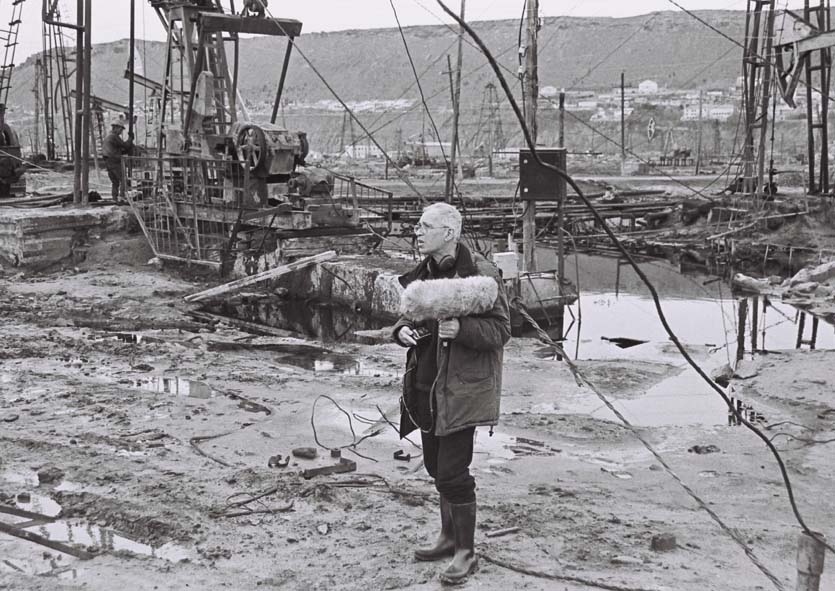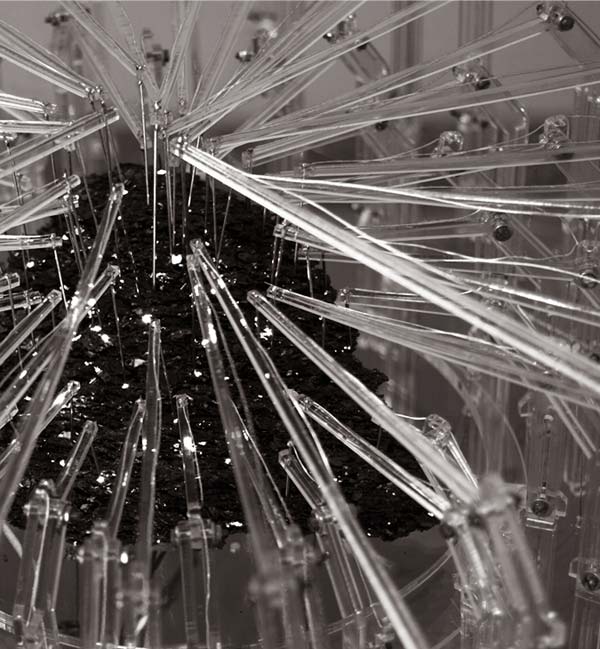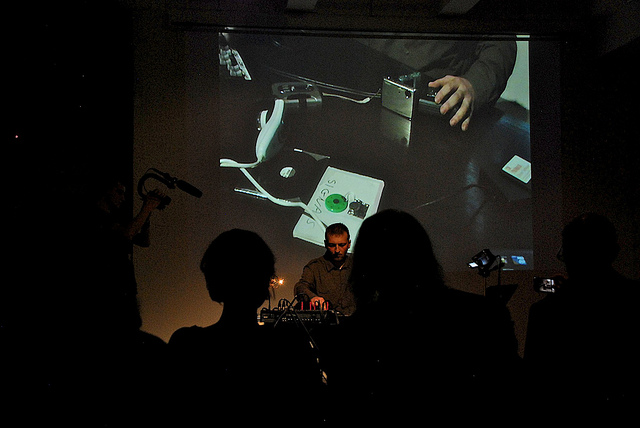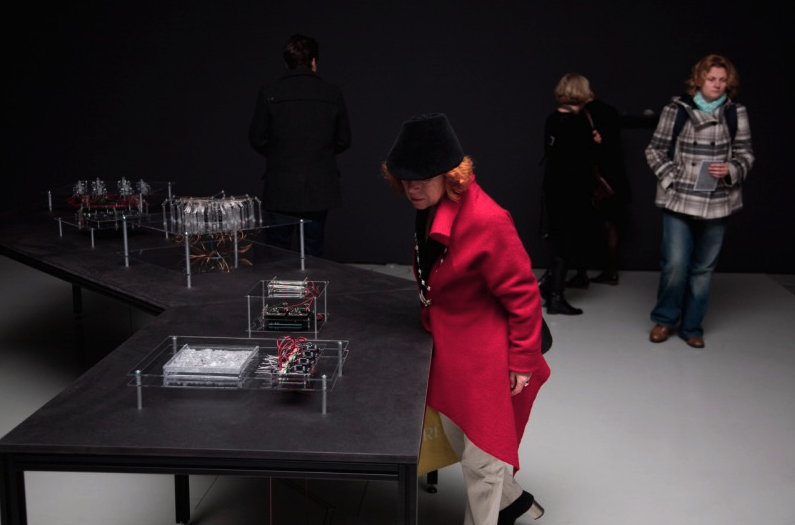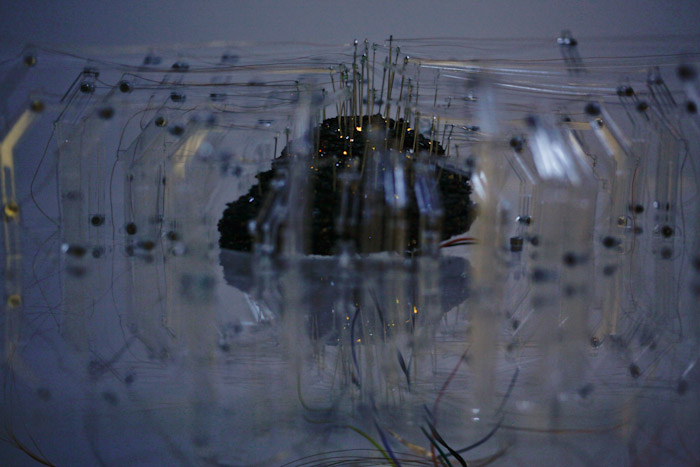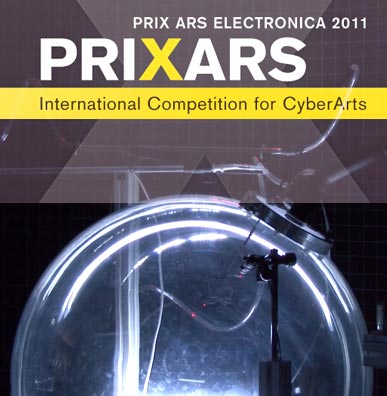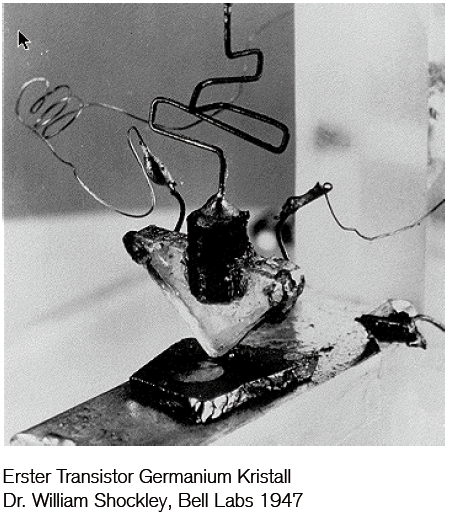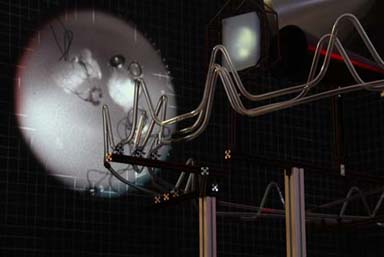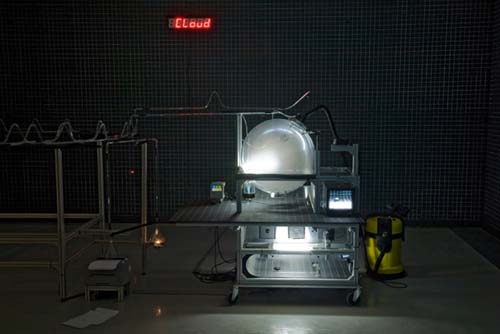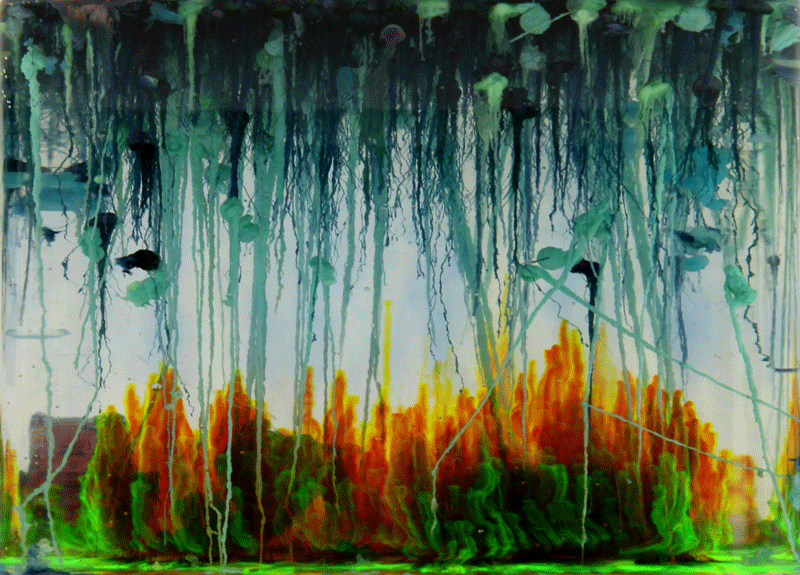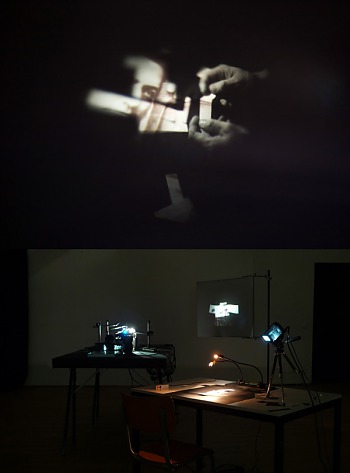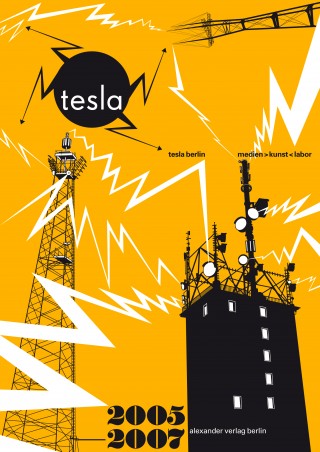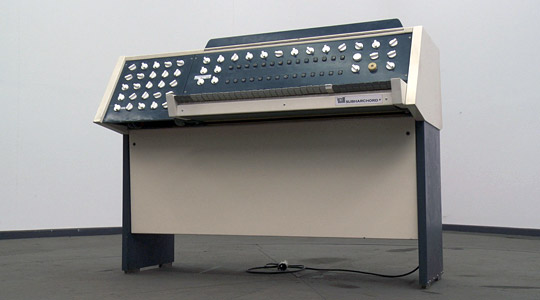
Subharchord – A Child Of The Golden Age
02. February / 12:00 / FUNKHAUS NALEPASTR. Nalepastraße 18-50 12459 Berlin
In an era so taken with recycling whatever it can lay its hands on – ideas, objects, aesthetics, … – notions of historical lineage, or true, “original” forms are lost, or almost instantly forgotten as soon as they appear. But this seemingly endless cycle may also generate a certain yearning for knowledge of the past, for notions of roots and timelines, which can lead to amazing discoveries; one of which is featured here.
Presented at the Funkhaus Nalepastrasse, home of the GDR National Broadcasting Corporation until 1990, “The Child of the Golden Age” tells the story of an old GDR synthesizer, the Subharchord, and weaves it into the present day, intermingling electronic music, cold-war politics, and the experimental music scene in Norway along the way.
Built in the 1960s in East Berlin, the Subharchord was an electronic sound generator ahead of its time, of which only 7 instruments were ever built. Based on the Mixturtrautonium, an instrument developed in the West by Oskar Sala, the Subharchord differs from conventional synthesizers in that it produces subharmonic sounds, or “undertones” of a given note, which, unlike the more familiar “overtones”, do not exist in nature. As nobody but Salas had mastered or played the Mixturtrautonium before his death, it seemed that the sound world of subharmonics was lost until the Subharchord resurfaced.
Thanks in part to the tireless work of sound art curator Carsten Seiffarth, who will be moderating the entire afternoon, the Subharchord is slowly coming into the limelight. The programme features performances by artists who have worked or are working with the instrument, including the world premiere of a commissioned piece by Biosphere + The Pitch, as well as a live audiovisual performance of “Kippschwingung” by Frank Bretschneider, and a playback of Frederic Rzewski’s 1965 Subharchord magnetic tape piece, “Zoologischer Garten”.
The afternoon begins with an exclusive preview and discussion of the upcoming “Subharchord – A Child of the Golden Age” documentary directed by Ina Pillat, who will also be recording the performances for the film. Furthermore, the Funkhaus Nalepastrasse cult studio, Hörspiel 2, will open its doors to the public especially for this event. The work and experimentation which took place in these studios is described in Der Raum ist das Kleid der Musik, a new book published by Gerhard Steinke, who led East Berlin’s “Labor für musikalisch-akustische Grenzprobleme” (Laboratory for musical and acoustic boundary issues) during the time the Subharchord was developed and built, and who will also be present to discuss his involvement with the development of this unique instrument. The event is rounded out by a roundtable discussion between Carsten Seiffarth, Frederic Rzewski, and Gerhard Steinke.
See details here: http://www.ctm-festival.de/festival/program/event/2013/02/02/subharchord_a_child_of_the_golden_age/
